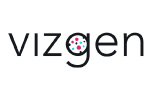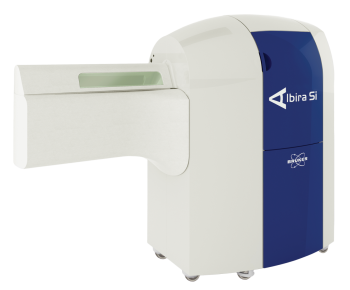Wednesday, December 6, 2017, 10 am CET, 5 pm CET.
Dr. Milos Petrik, Dr. Zbynek Novy, Institute of Molecular and Translational Medicine at Palacky University.
Siderophores are low-molecular weight, high affinity, iron-chelating ligands produced by many microorganisms as a means of acquiring iron. Iron is an essential nutrient in many cellular processes and therefore required for microbial proliferation and virulence. In iron-restricted conditions, some microorganisms produce large amounts of siderophores, which chelate free iron present in the environment and then carry it across the cell membrane, into the microorganism. Siderophores have demonstrated potential in the field of nuclear medical imaging; they can be labeled with radionuclides and used to detect microbial pathogens. Microbial cell specific transporters recognize and bind the radiolabelled siderophores, which are then taken up by the microbe. The pathogen can then be detected using nuclear imaging methods such as Positron Emission Tomography (PET). As well as infection imaging with siderophores, it is also possible to derivatize the siderophore molecule by conjugation of different targeting vectors such as peptides (eg. RGD and minigastrin) that have a high affinity for certain cell receptors and a near-infrared fluorophore enabling dual-modality imaging.
Join us at this webinar to learn more about these new experiences.
Register now








